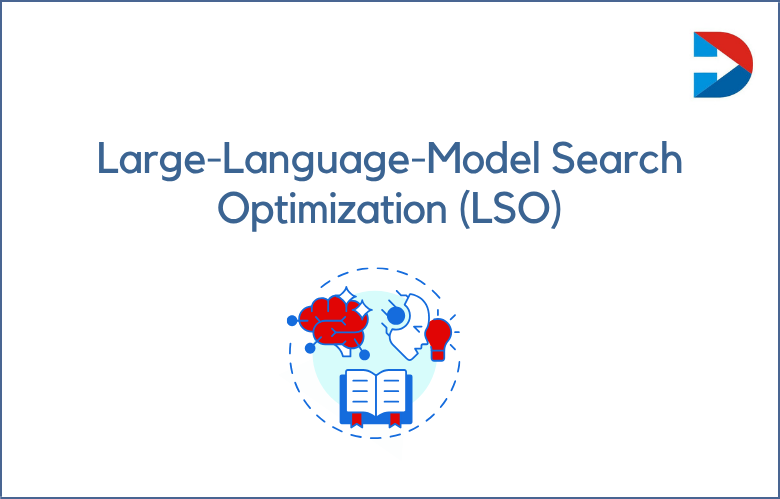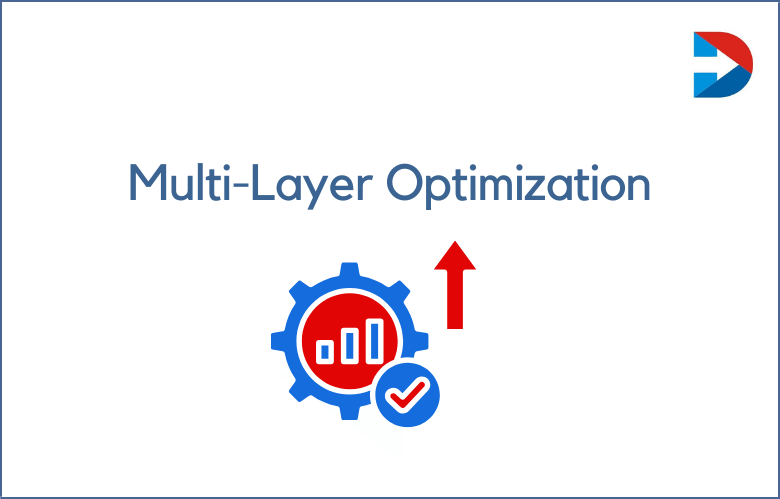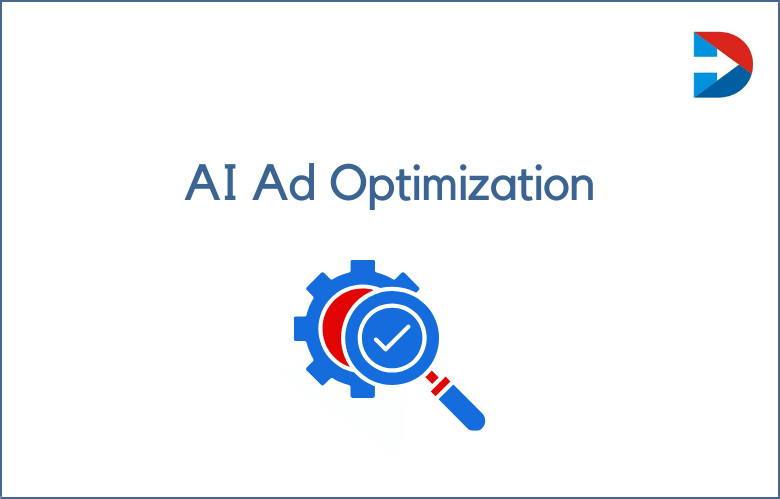
Generating leads is the most crucial aspect of marketing and can be critical to the success of any business.
But, traditional lead generation strategies are often too time-consuming and expensive for many small businesses.
You can take some simple steps to level up your lead generation process and get more leads with less effort.
What is Lead Generation?
Lead generation identifies potential customers interested in buying your product or service.
This is typically done through online channels such as email campaigns, social media marketing, and search engine optimization (SEO).
To be successful with lead generation, you must have an effective strategy that includes targeted content tailored to your ideal customer base.
How do you take your lead generation process to the next level?
If you’re in the marketing business, lead generation is a process that should be at the forefront of your mind.
Lead generation encompasses all activities related to identifying and cultivating potential customers for your business.
Understanding the role of lead generation is essential to take your company’s marketing efforts to the next level.
Let’s discuss how you can make lead generation work for your business.
Objectives of Lead Generation
The main objective of lead generation is to turn prospects into paying customers by giving them helpful information about your product or service.
To do this effectively, businesses must use quality content that speaks directly to their target audience while emphasizing their value.
Companies should focus on creating meaningful relationships with their prospects so that they feel comfortable making a purchase decision.
Reaching the Next Level with Lead Generation
Lead generation can be a powerful tool for taking your business to the next level.
By implementing effective strategies for acquiring new leads and nurturing existing ones, companies can create an ongoing stream of information to help them grow.
By focusing on quality content and relationships with prospects, businesses can increase conversion rates and drive more sales in the long run.
Strategies for Taking Your Lead Generation Process to the Next Level
Lead generation is a vital part of any marketing strategy. It’s how brands identify, target, and convert their prospects into paying customers.
With the proper lead generation process, businesses can increase their ROI and reach more potential customers.
But how do you take your lead generation process to the next level? Let’s explore some strategies that can help.
Establish Clear Objectives for Your Lead Generation Process
Before creating a lead generation plan, you must establish clear objectives so you know what steps you should take to achieve them.
Ask yourself questions like Who are my target audiences? What type of leads am I looking for? How am I going to measure success? A clear roadmap will help keep your campaigns on track and ensure that they remain focused on achieving your goals.
Creating a Lead Generation Strategy
Creating a successful lead generation strategy requires careful planning and implementation. Start by researching and understanding your target audience and what kind of content they respond to best.
Once you’ve identified your target audience, create content that speaks directly to them – including blog posts, articles, ebooks or whitepapers, videos, infographics, etc.
It would be best to consider leveraging social media channels like Twitter and Facebook and email marketing campaigns to reach potential leads effectively.
Additionally, consider using SEO tactics such as keyword research and optimization so that search engines can help bring traffic directly to your website or landing page.
Analyze the performance of each tactic so that you can refine and improve them over time.
Diversify Your Lead Generation Channels
Diversifying your lead generation channels is essential to maximize your reach and capture more leads.
Try using multiple sources such as organic search engine optimization (SEO), paid search ads, email marketing, content marketing, social media campaigns, video ads, and other digital advertising channels.
Each channel should be tailored specifically for its purpose – SEO should focus on driving organic traffic, while email campaigns should focus on building relationships with prospects.
By diversifying your lead generation channels, you can ensure that you’re reaching potential customers through all available avenues.
Diversify Your Lead Generation Channels
Diversifying your lead generation channels is essential to maximize your reach and capture more leads.
Try using multiple sources such as organic search engine optimization (SEO), paid search ads, email marketing, content marketing, social media campaigns, video ads, and other digital advertising channels.
Each channel should be tailored specifically for its purpose – SEO should focus on driving organic traffic, while email campaigns should focus on building relationships with prospects.
By diversifying your lead generation channels, you can ensure that you’re reaching potential customers through all available avenues.
Track & Analyze Your Results
Once you have established clear objectives and implemented multiple channels for generating leads, it’s time to start tracking and analyzing your results to ensure that everything works as expected.
Make sure that you can follow the performance of each campaign or channel’s performance individually to quickly identify which ones are performing well and which ones may need some tweaking or improvement.
Using analytics tools like Google Analytics will give you insight into how visitors interact with your website, where they came from, and what actions they took while there – all invaluable information regarding optimizing your lead gen process.
Identify Your Target Audience
Identifying your target audience is the first step in improving your lead-generation process.
Knowing who you’re trying to reach will help you focus your efforts and ensure your message resonates with the right people.
To do this, you should create an ideal customer profile. This profile should include demographics, interests, pain points, needs, and preferences.
Once you have a better picture of your target audience, it will be much easier to customize content specifically for them.
Create Content that Connects with Your Audience
Once you know your target audience, it’s time to create content that draws them in and converts them into leads.
It would be best to focus on creating content that relates directly to their needs and solves their problems.
This could include blog posts, white papers, ebooks, webinars, case studies, or even videos – whatever content best suits your industry and appeals to your target audience.
The important thing here is that the content must be tailored to them to stand out from the competition.
Optimize Your Website for Lead Generation
Once you have identified your target audience and created content for them, it’s time to optimize your website for lead generation.
This means ensuring that all of your site’s elements – from calls-to-action (CTAs) to forms – are designed with one goal: turning visitors into leads.
CTAs should be strategically placed throughout the page so they can easily be spotted by visitors as soon as they come to the site; forms should be short and straightforward so visitors don’t get overwhelmed;
Lastly, ensure all contact information is visible so visitors can easily find it if they need more information or have questions about what you offer or how they can buy it.
Optimize Your Website
Your website should be optimized for lead generation by including calls-to-action (CTAs).
CTAs are buttons or links on your page that prompt users to take action, such as signing up for a newsletter or downloading an ebook.
These CTAs should be strategically placed throughout the page to stand out and draw attention from users browsing your site.
Ensure that all forms on your website are accessible to complete so that users don’t get frustrated and abandon the paper halfway through filling it out – this will only hurt your lead generation efforts!
Conclusion
These steps will help ensure that every element on your website works together towards one common goal: generating leads!
By identifying your target audience, creating content tailored specifically for them, and optimizing all of the elements on your website for lead generation purposes – like CTAs and forms – you can take your lead generation process to the next level!
With these three steps in place, you’ll be well on your way toward boosting conversion rates – which means more leads! And ultimately, more customers! So what are you waiting for? Start taking action today!




